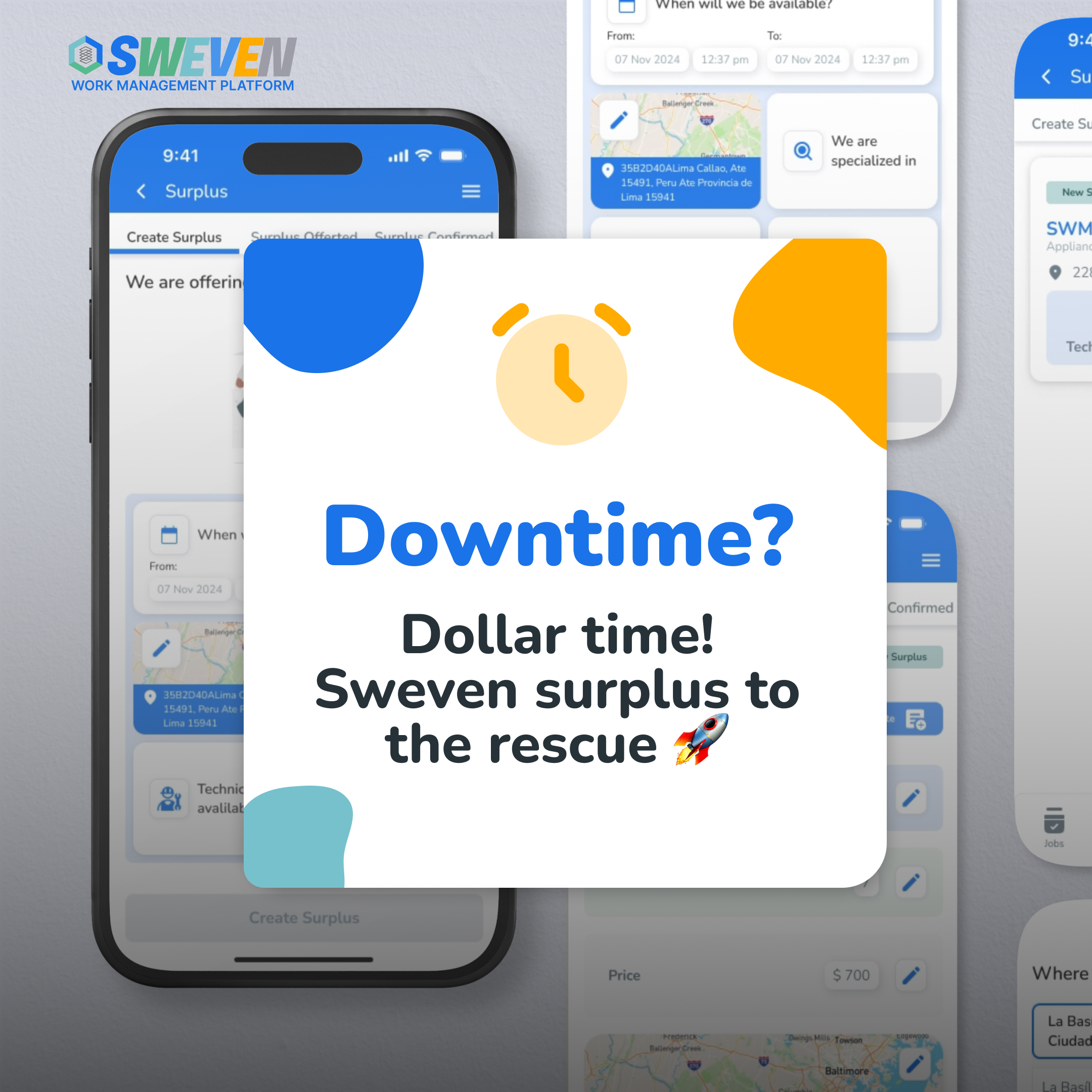If you’re constantly dealing with unexpected maintenance costs, slow repairs, or unreliable vendors, you’re not alone. Poor vendor management is one of the biggest reasons facility maintenance budgets spiral out of control. The good news? With a few smart adjustments, you can regain control, cut unnecessary expenses, and keep your facility running smoothly.
How Poor Vendor Management Wastes Money
Let’s be real—bad vendor management doesn’t just lead to frustration; it drains your budget. Here’s how:
1. You’re Probably Overpaying for Services
Without a structured vendor management system, it’s easy to fall into the trap of inconsistent pricing, hidden fees, or duplicate services. Many businesses rely on outdated processes where different locations or departments use separate vendors, often paying wildly different prices for the same service.
A McKinsey study found that businesses with structured vendor oversight save up to 20% on maintenance costs by consolidating vendors, standardizing pricing, and eliminating unnecessary expenses. Imagine if you could take those savings and reinvest them into upgrading equipment or improving facilities instead of plugging budget holes caused by mismanaged vendors.
2. Delays Turn Small Issues Into Big Problems
A slow vendor response or a missed service appointment might not seem like a big deal—until that minor issue turns into a full-blown, expensive breakdown. A leaky pipe left unchecked can lead to water damage, mold issues, and even structural damage, driving up repair costs exponentially.
Many facilities are moving toward recurring maintenance plans to catch issues early and avoid costly emergency repairs. Research from the International Facility Management Association (IFMA) shows that businesses with proactive maintenance programs can reduce reactive repair costs by up to 40%, simply by addressing small issues before they escalate.
3. Compliance Headaches Can Lead to Bigger Risks
If vendors aren’t properly vetted or fail to meet compliance standards, you’re exposing your business to a laundry list of risks—regulatory fines, liability claims, and even safety violations. This is especially critical in industries like healthcare, manufacturing, and food service, where a single compliance mistake can lead to shutdowns, lawsuits, or even public health risks.
Take the hospitality industry, for example—a facility using unlicensed HVAC vendors could be held liable for faulty air quality or improper refrigerant handling, resulting in heavy fines and legal repercussions. Ensuring that vendors meet industry regulations and safety standards isn’t just a formality—it’s a necessary step to protect your business.
How to Get Vendor Management Under Control
So, how do you fix it? Here’s what actually works:
1. Set Clear Standards for Your Vendors
Not all vendors are created equal. Before signing a contract, ensure they meet your standards for reliability, pricing, and service quality. This means doing your homework before onboarding new vendors—checking references, reviewing performance metrics, and assessing their responsiveness.
According to IFMA, companies that actively track vendor performance experience 30% fewer contract disputes and service disruptions. That’s because clear expectations from the start eliminate misunderstandings and inconsistent service quality, leading to a smoother working relationship.
2. Automate Scheduling and Payments
If you’re still handling vendor scheduling and payments manually, chances are you’re wasting time and money on unnecessary back-and-forth communication. Automating these processes with auto-dispatch systems ensures that jobs get assigned faster, vendors show up on time, and invoices get processed seamlessly.
Facilities that use automated vendor scheduling report:
✅ 25% faster job completion times
✅ Significant reduction in billing errors
✅ Fewer service delays due to miscommunication
By streamlining work order assignments and payment processing, you reduce administrative burdens and ensure your facility operations stay on track.
3. Use Data to Negotiate Better Deals
The best way to hold vendors accountable? Track their performance. Businesses that collect and analyze vendor data can pinpoint inefficiencies, hold service providers to higher standards, and negotiate better long-term contracts.
Key performance indicators (KPIs) to track include:
✔ Response times – How quickly do they address service requests?
✔ Job completion rates – Are they consistently finishing tasks on time?
✔ Cost trends – Are prices increasing without justification?
According to Harvard Business Review, companies that leverage vendor analytics cut service costs by 15%. Instead of guessing whether a vendor is performing well, you’ll have the data to prove their value—or find a better alternative.
Take Control Before Costs Get Out of Hand
Let’s face it—poor vendor management isn’t just frustrating, it’s expensive. But with the right approach, you can eliminate wasted spending, improve service quality, and make your facility maintenance process more efficient.
Want to make vendor management easier? Explore smarter solutions here to cut costs, streamline operations, and ensure better service from your maintenance providers.















